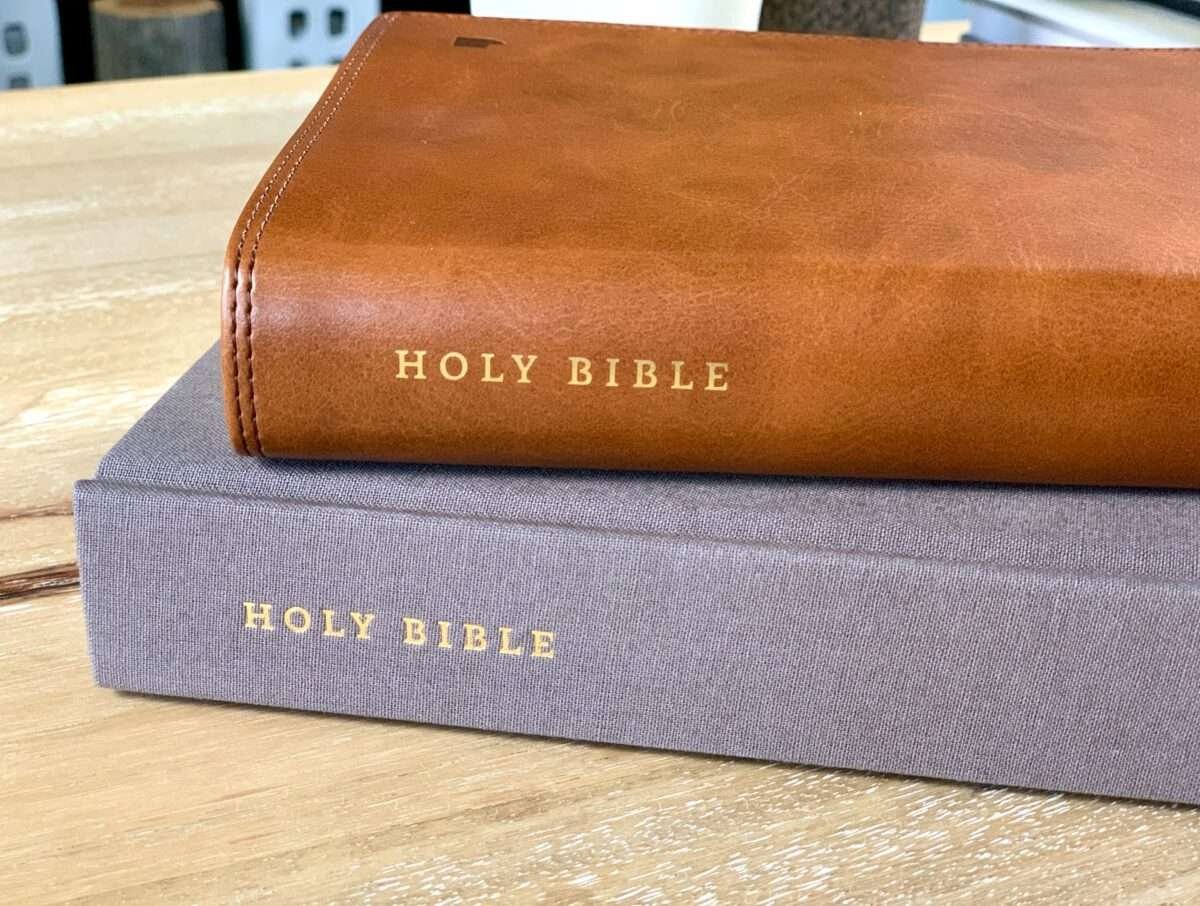66 and More?: Musings on the Canon of Scripture

5 minutes to read
One of the pillars of the Reformation was: “Sola Scriptura”. The Reformers saw the need to reform the church and her practices according to Scripture’s teachings alone. Yet, herein lay a fundamental problem. There was no official list of books that were ratified and legitimized by any one council in the history of the church which declared such-and-such writings are from God Himself while such-and-such writings are not from God.
The position of the church on the New Testament canon1 was that only those books that were of apostolic origin, in line with apostolic teaching, written during the apostolic era, and that had a wide acceptance and use in the early period of the church were Divine Scripture.2 This was accepted by everyone — Protestants, Roman Catholics, and Eastern Orthodoxy. The disagreement, therefore, was concerning the Old Testament canon. The Old Testament canon of the Protestant, Roman Catholic, and Eastern Orthodox churches differed from each other. While all of them were in agreement concerning the 39 books of the Old Testament categorized as the Law, the Prophets, and the Writings, they were in disagreement of certain books that were collectively called the ‘deuterocanonical’ books or the Apocrypha.
These additional collections of books were part of the Septuagint – the Greek Translation of the Old Testament, and were therefore part of the early and medieval church’s collection of Scripture. Yet, these books were consistently identified even by the medieval theologians as being ‘deuterocanonical’3 (i.e., a second canon) written during the “intertestamental” period: the four centuries between Malachi and Matthew.
With the Renaissance and the rise of humanistic studies, whose war-cry was “ad fontes” (meaning: “back to the fountain”) there was a revival in going back to the original language of the Scriptures: Hebrew and Greek. The purpose of such a “going back to the source” was to study the Scriptures in its original language rather than do it through the church’s authorized Latin translation: the Vulgate.
This providential progress in education enabled the Reformers to reject the tradition developed in the Church that used the Apocrypha on par with the rest of the Old Testament for doctrine. Instead, the Reformers used the authoritative witness of the New Testament in identifying the Old Testament canon. Romans 3:2, for example, was employed in defending the notion that the canon of the Jews ought to be the canon of the Old Testament since “to them were committed the oracles of God” (NKJV). Owing to the fact that the Jews do not recognize the writings after Malachi as being divinely inspired (i.e., an infallible, authoritative word from God), the Church therefore ought to accept as inspired only those books committed by God to the Jews. Likewise, Luke 24:44 was used to defend the basis for identifying the three-part division of the OT canon which, therefore, excluded the Apocrypha. Much more can be said, but, sufficient to say that during the Reformation period, the canon of Scripture took a definite shape for both Roman Catholics and the Protestants.
The Protestants identified only the 39 books as being the canonical Old Testament based on the evidence of both the interpretation of the New Testament and the historical testimony of the Jewish canon. Rome, on the other hand, in the Council of Trent, received as dogma not just the 39 books of the Old Testament but the Apocrypha too as being canonical. Such a reception was partly in response to the Reformation movement in order to provide Scriptural justification for some of the Roman Catholic practices/rites of the church that cannot, otherwise, be defended by the rest of Scripture.4
To summarize, the New Testament canon remains the same across the 3 major denominations of Christianity. The debate, therefore, among Protestant, Roman Catholic, and Eastern Orthodox churches is fundamentally about the Old Testament canon. More specifically, the debate is about the legitimacy of including or excluding the Apocrypha as part of the canon of Scripture.
The Roman Catholic and the Eastern Orthodox churches on the surface may appear to be in line with the historic tradition of the Church because they retain the Apocrypha in their canon of Scripture. However, in reality, Catholicism and Eastern Orthodoxy actually break away both from Scriptural exegesis and from Christian tradition because they attribute to the Apocrypha an equal canonical status with the rest of Scripture. This is both unprecedented in history and unwarranted by exegesis but was merely reactionary as noted earlier.
On the other hand, one can question the wisdom of the Reformers in not retaining the Apocrypha in the collection of the Church’s writings. Nevertheless, it is evident that on the basis of Scriptural exegesis and the tradition of the Church, the Reformers are right in not attributing to the Apocrypha an equal canonical status as the rest of Scripture. Thus, with confidence in the character and promise of God, Christians today can confess with the Reformers that the 66 books of the Bible are the very words of God “kept pure throughout the ages by His particular care and providence” (WCF and LBCF 1.8).
1 The word ‘canon’ in Christian theology refers to those books that are recognized as being inspired by God and part of Holy Scripture.
2 Köstenberger, Andreas J.; Kellum, L. Scott; Quarles, Charles L. The Cradle, the Cross, and the Crown (Kindle Locations 1079ff). B&H Publishing Group. Kindle Edition.
3 Muller, Richard A. Holy Scripture: The Cognitive Foundation of Theology, Post-Reformation Reformed Dogmatics (vol 2) 2nd ed. Baker Academic, Grand Rapids, MI.
4 Grudem, Wayne. Systematic Theology: An Introduction to Biblical Doctrine. Authentic Books, Secunderabad, India, 59.




